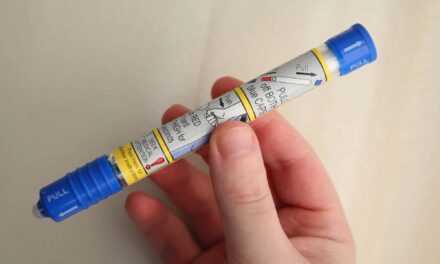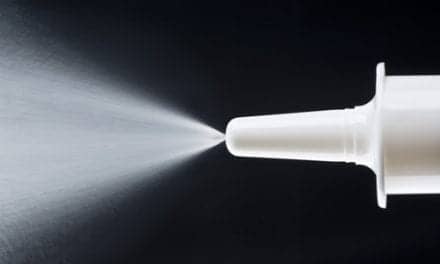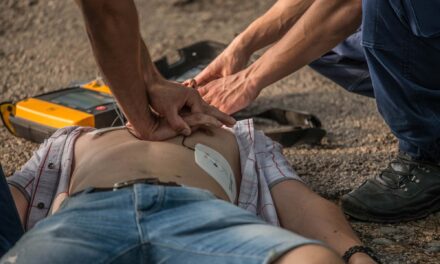Stroke patients treated via a mobile stroke unit (MSU) received clot-busting medications faster and more often, and recovered significantly better than patients who receive regular emergency care by standard ambulance, according to data presented at the American Stroke Association’s International Stroke Conference 2021.
Mobile stroke units are special ambulances equipped to diagnose and treat stroke quickly. When a stroke is caused by a blood clot blocking an artery in or leading to the brain (an ischemic stroke), the team on board the mobile stroke unit can treat the patient right away with a clot-dissolving medication called tissue plasminogen activator (tPA).
This research, which is part of the ongoing, national BEST-MSU study, examined data from 1,047 patients who suffered an ischemic stroke and were eligible for tPA treated at seven US centers (Houston; Aurora, Colorado; New York City; Indianapolis; Los Angeles; Memphis, Tennessee; and Burlingame, California) between 2014 and 2020. Researchers compared outcomes of stroke patients brought to the emergency department by mobile stroke unit versus those who arrived by standard emergency medical services (617 patients via mobile stroke unit, and 430 patients via standard ambulance).
They found:
- Overall, 97% of patients transported by a mobile stroke unit received tPA, compared to 80% of those brought to the emergency department by a regular ambulance.
- One-third of the patients treated by a mobile stroke unit were treated within one hour after the onset of stroke symptoms, compared to only 3% of patients transported by a standard ambulance.
- 53% of the patients treated by a mobile stroke unit made a complete recovery from the stroke after three months while 43% of the patients treated by a standard ambulance achieved a full recovery.
The study confirmed that patients treated early benefit from a complete reversal of stroke symptoms and avoidance of disability, according to James C. Grotta, MD, lead study author and director of stroke research at the Clinical Institute for Research and Innovation at Memorial Hermann – Texas Medical Center in Houston. In the first hour after a stroke occurs, the brain is not yet irreversibly damaged and is very amenable to effective treatment, he added.
“Our results mean that, on average, for every 100 patients treated on a mobile stroke unit rather than standard ambulance, 27 will have less final disability and 11 of the 27 will be disability-free,” Grotta said. “But for this to happen, patients, caregivers and bystanders need to recognize the signs of stroke and call 9-1-1 immediately.”
More research is ongoing by Grotta and his team to assess health care utilization over the entire year following their patients’ strokes which will enable a better idea of the cost effectiveness of mobile stroke unit implementation on a wider scale. The American Heart Association’s 2019 Recommendations for the Establishment of Stroke Systems of Care suggests reimbursement is an issue that warrants further investigation before widespread use of mobile stroke units is likely.
“More widespread deployment of mobile stroke units may have a major public health impact on reducing disability from stroke,” said Grotta. “Although mobile stroke units are costly to equip and staff, they reduce the time to treatment. We also expect that more treatment via mobile stroke units can reduce the need for downstream utilization of long-term care.”










